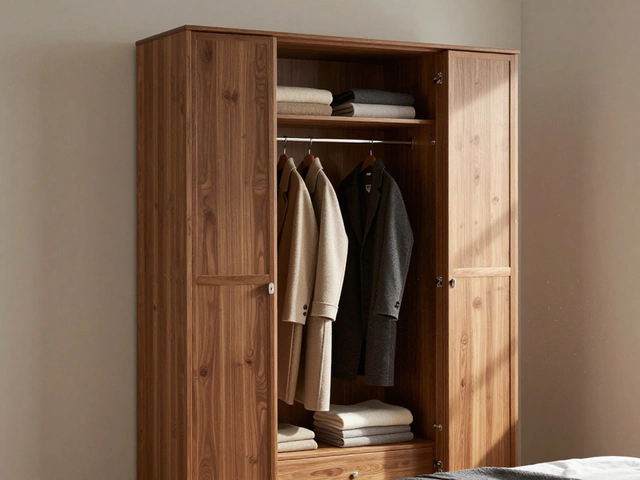Historic Homes: Custom Bedroom Solutions for East Yorkshire
If you own a historic home in East Yorkshire, you know the feeling of walking into rooms that have stories etched into every wall. Those spaces deserve bedroom furniture that respects the past but still feels fresh. That’s where a custom bedroom solution steps in – it lets you keep the character while adding the comfort you need today.
Before you pick any piece, check the local conservation rules. Many councils require that new fixtures match the building’s original style, size, and material. Ignoring those guidelines can lead to fines or the need to replace work you’ve already done. A quick chat with your council planner or a heritage consultant will save you headaches later.
Why Custom Bedrooms Matter for Historic Homes
Off‑the‑shelf furniture often looks out of place in a 19th‑century manor or a cobbled‑stone cottage. A bespoke wardrobe or bed frame can be crafted to echo the original mouldings, timber grain, or ironwork, letting the room feel whole again. It also means you can fit pieces into awkward nooks that standard sizes simply can’t fill.
When you work with a local carpenter, you get the chance to choose finish colours that blend with the existing palette – think muted greens, soft creams, or the deep walnut tones you see in period paneling. The result is a bedroom that feels like it’s always been there, not a later addition that sticks out.
How to Blend Old Charm with Modern Comfort
Mixing old and new isn’t about cramming a high‑tech TV into a Victorian room. It’s about subtle upgrades like a supportive mattress, soft lighting, and hidden storage that keep the room tidy. A sleek headboard in glass or brushed metal can sit under a historic canopy, giving you the best of both worlds.
Choose materials that respect the original construction. Reclaimed oak, reclaimed pine, or hand‑finished oak veneer match the age of the house without sacrificing durability. For upholstery, natural fibres like linen or wool work well with period aesthetics and let the room breathe. These choices keep the look authentic while meeting today’s comfort standards.
Working with a specialist who knows historic properties speeds up approvals and avoids common pitfalls. They’ll advise on wall anchoring methods that won’t damage original plaster and suggest reversible fittings that can be removed if the house changes hands. This approach protects both your investment and the building’s heritage.
Budget is always a factor. Start by listing the must‑have pieces – a bed, wardrobes, and perhaps a dressing table – and allocate more funds to those. Look for local suppliers who can offer small‑batch production; it’s cheaper than a full‑scale factory run and adds a unique touch. Savings on lighting and accessories can also free up cash for quality carpentry.
Ready to give your historic bedroom a fresh, comfortable look without losing its soul? Contact our East Yorkshire team today for a free design chat. We’ll walk you through the process, show you material samples, and map out a timeline that fits your schedule. Let’s make your heritage home feel like home again.
Why Don't Old Houses Have Closets? Surprising Reasons Behind the Missing Wardrobes
Ever opened the door to a charming old house and realized there’s nowhere to hang your clothes? This article digs into why closets are rare in historic homes, showing how lifestyles, building styles, and old-school thinking shaped storage space. We’ll look at clever fixes for closet-lacking homes and share a few things to watch out for if you want to add modern storage. If you love wardrobe organization, you’ll find some helpful tips and surprising facts here. Let’s bring some order to those old rooms.







